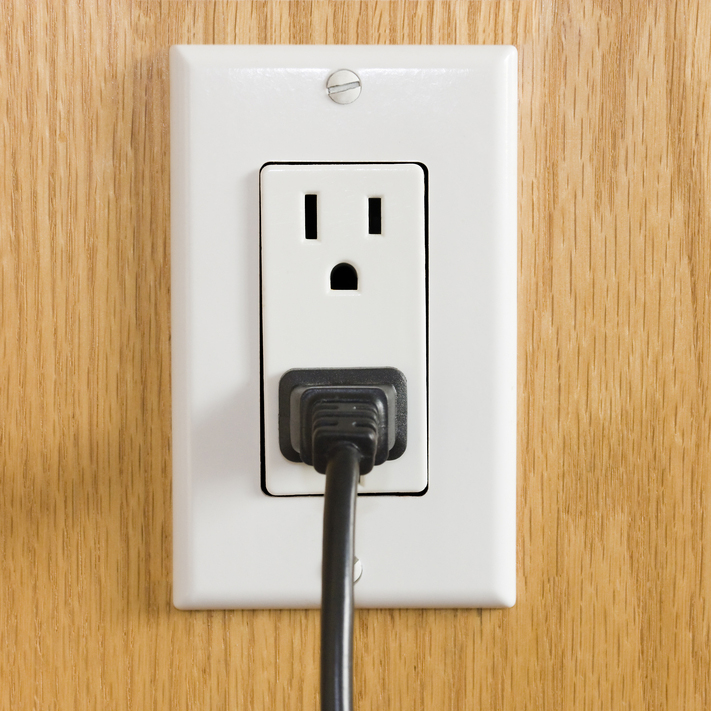Does your Kindle bear tooth marks? Has your dog destroyed countless remote controls and sets of headphones? You’re not alone: Pet owners are full of tales of animal-related electronic woes.
Christie Keith of Davisburg, Mich., is on her fourth Kindle. Her Scottish Deerhound, Rawley, has a taste for them. He has also demolished six Kindle covers and the USB cable for a Garmin GPS pet locator (apparently, he has issues with surveillance).
Indy, a Cardigan Welsh Corgi owned by Cait Macanliss of Dallas, Texas, had a fetish for laptop chargers (he went through three of them as an adolescent).
According to an April 2013 survey of 1,200 pet owners by SquareTrade Inc., approximately 66 percent said pets chewed up gadgets, while 21 percent said lunging pets caused them to drop pricey electronic gear. One in six reported that a pet had thrown up, peed, or pooped on a device.
Just how much damage do pets cause? About $3 billion annually, SquareTrade estimates.
Gastrointestinal foreign bodies — including cell phones, speaker wires, and computer cables — are a common reason for canine visits to the veterinarian. At the Foster Hospital for Small Animals at Tufts Cummings School of Veterinary Medicine, more than half the dogs brought in for intestinal obstructions require surgery, says surgical specialist John Berg, DVM.
Can’t find your iPod mini, but you’re not sure it went down Buster’s gullet? The classic signs of an obstruction are vomiting and regurgitation. A foreign body stuck in the esophagus causes regurgitation, meaning food the dog has tried to swallow simply rolls back out when the dog opens his mouth. Vomiting, with its abdominal heaving, suggests obstruction of the stomach or small intestine. Appetite loss is another warning sign — especially if your dog normally loves to eat. If your dog has a history of chewing and swallowing objects, these signals are a good indication that a trip to the veterinarian is in order.
Many items pass through the body with no problem, but some parts of the gastrointestinal tract — namely the esophagus, stomach, and small intestine — are more prone to obstruction. An item that makes it all the way to the large intestine is usually home free, though.
Why do pets love to gnaw on Nokias and bite into Apples? Chalk it up to good old-fashioned curiosity and appetite — could that be something good to eat? — or maybe even a desire to be close to us. After all, we constantly handle our electronic playthings, and they undoubtedly carry our scent. Our animals may rationalize that if we like playing with that object so much, maybe they will, too.
Or maybe our pets are just trying to use GoogleMaps to find that bone they buried or a favorite catnip patch.
When her cats wouldn’t give up chewing cords, Gail Parker of Philadelphia switched to a cordless mouse and keyboard. She also coats any thin cords in the home with solid deodorant, which contains alum and has an unpleasant taste.
Other safety tips:
- Protect wiring with tough plastic cable covers, aluminum-foil tape, or double-sided tape.
- When not using them, place electronics well out of a pet’s reach.
- Use a tough protective cover.
- Never place gadgets near your coffee cup or other liquids.
Simply resign yourself to replacing items frequently. Alison Taub, who lives with Flat-Coated Retriever Brennan in Lake Forest, Calif., limits herself to headphones that cost no more than $20.
It could be worse: If our pets had opposable thumbs, they’d be ordering expensive pet toys online.




